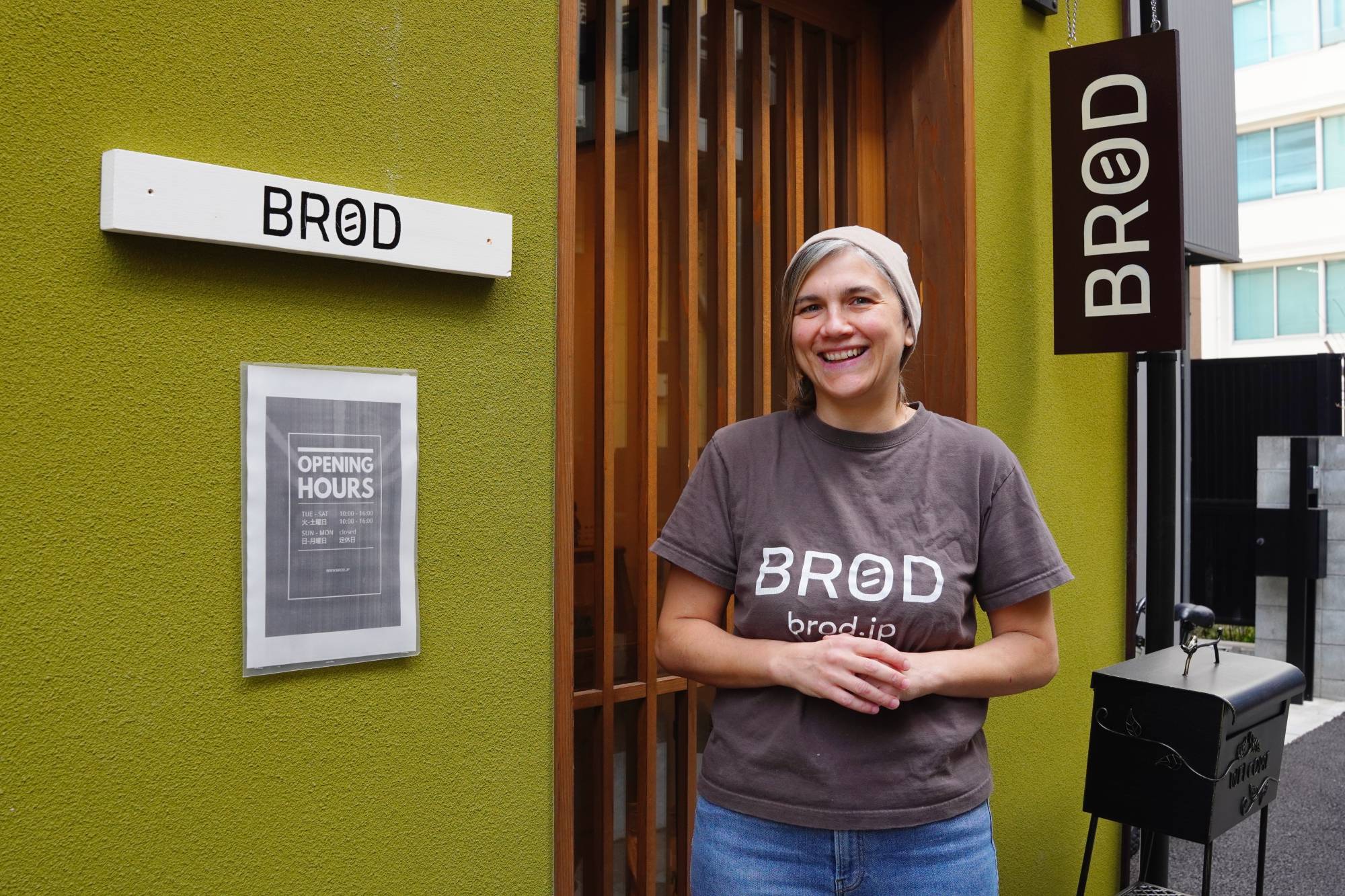Kristina Ganea moved with her family from Denmark to Japan in 2018. It wasn’t long until baking called out to her and she started BRØD, a 100% sourdough bakery. The bakery uses Nordic methods to create healthy and nutritious bread, and uses local and organic ingredients whenever possible. BRØD is committed to sustainable and eco-friendly methods.
1. When did you first start baking? We moved to Japan five years ago, and I started baking at a serious level four years ago.
2. Why did you choose sourdough? My daughter had some digestive issues from eating the bread from the supermarket here. I started doing some research, fearing she might have a gluten allergy, and figured out sourdough is quite healthy because it can be made without using any commercially produced items — just water, flour, salt and that’s it. And she was OK!


















With your current subscription plan you can comment on stories. However, before writing your first comment, please create a display name in the Profile section of your subscriber account page.